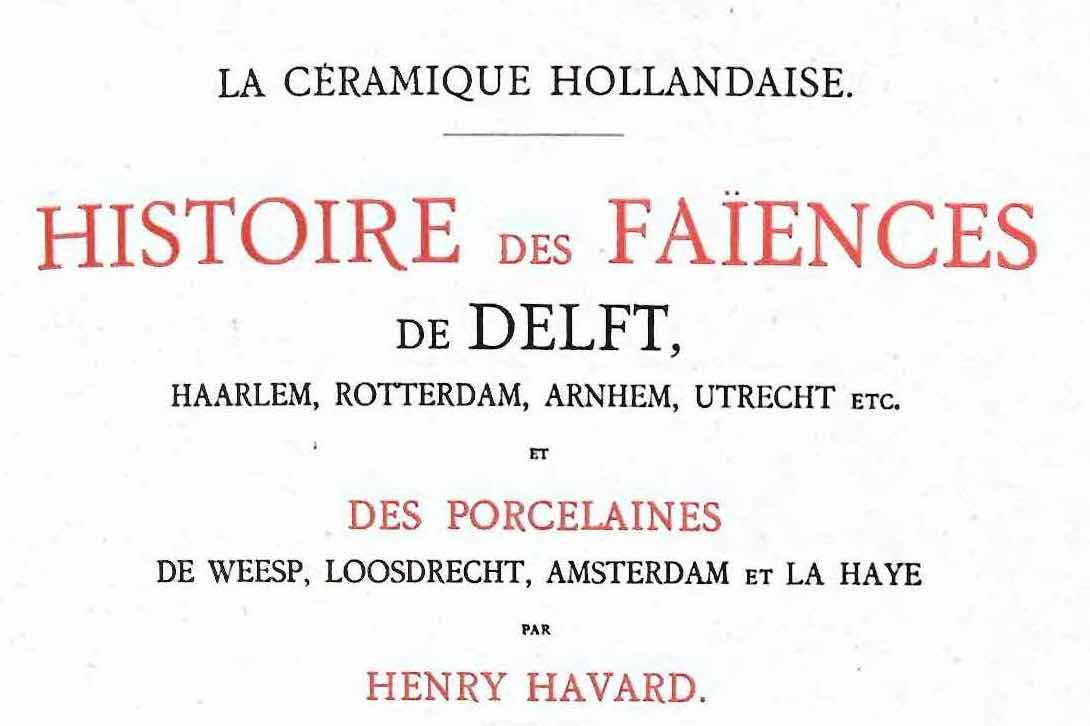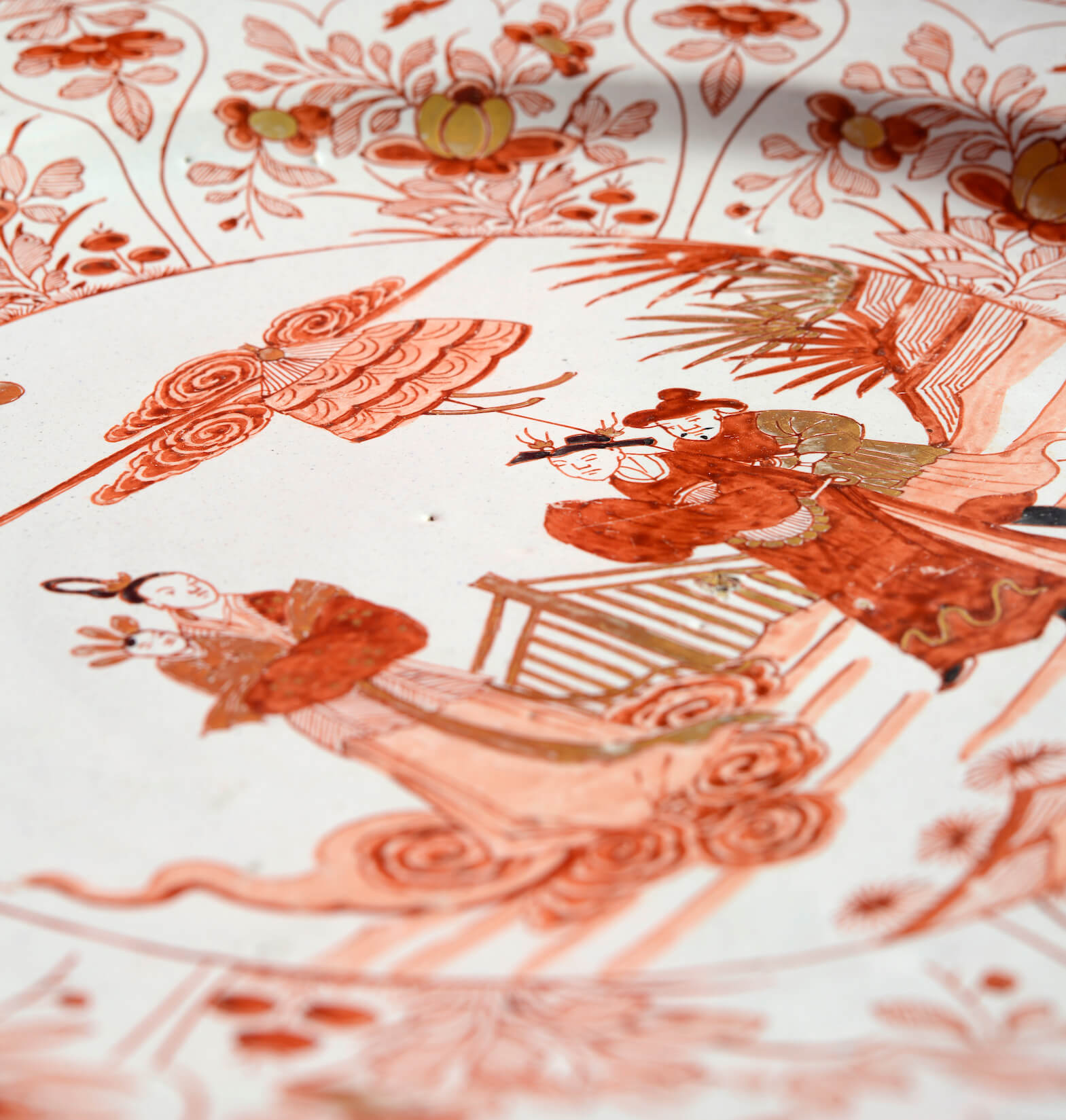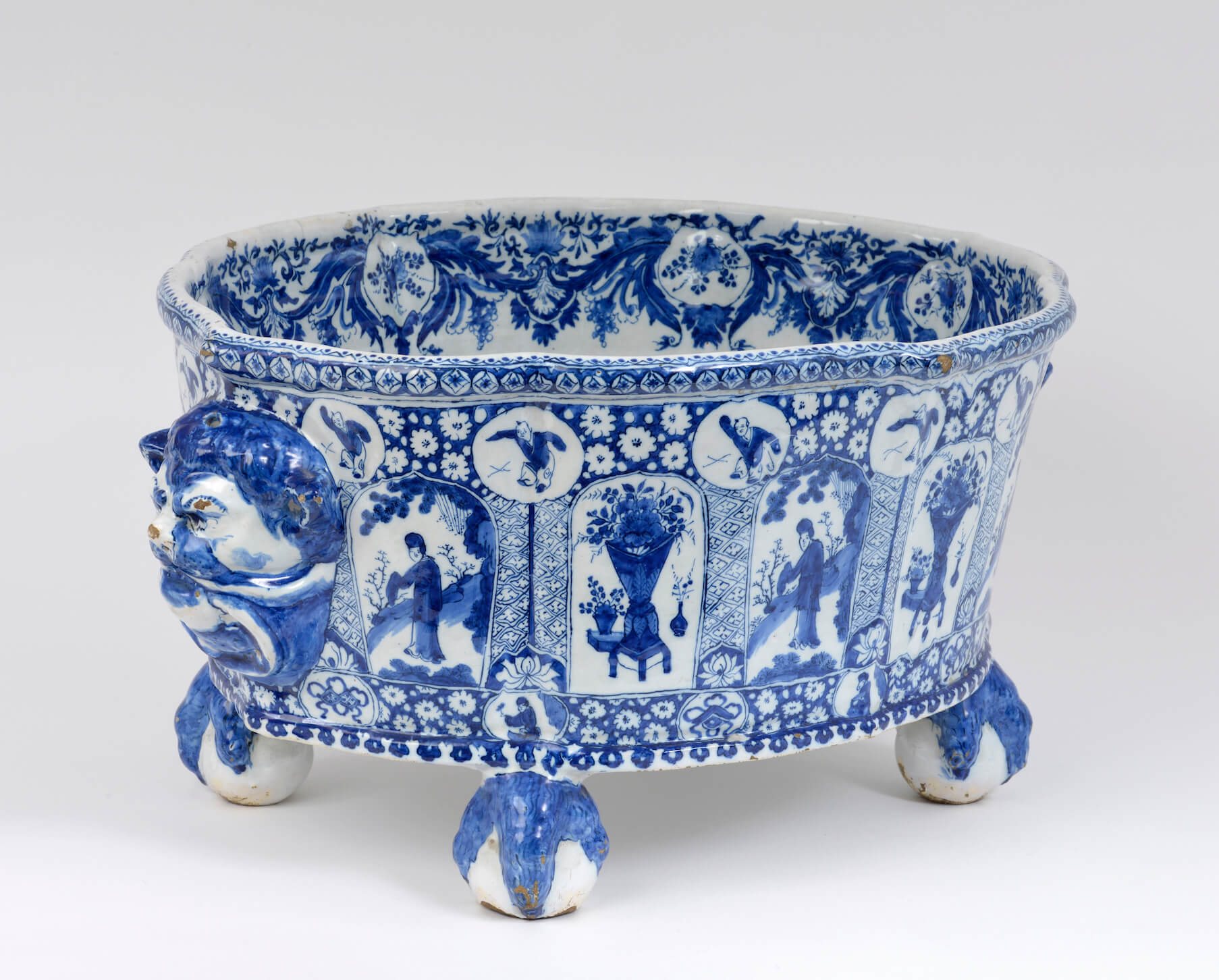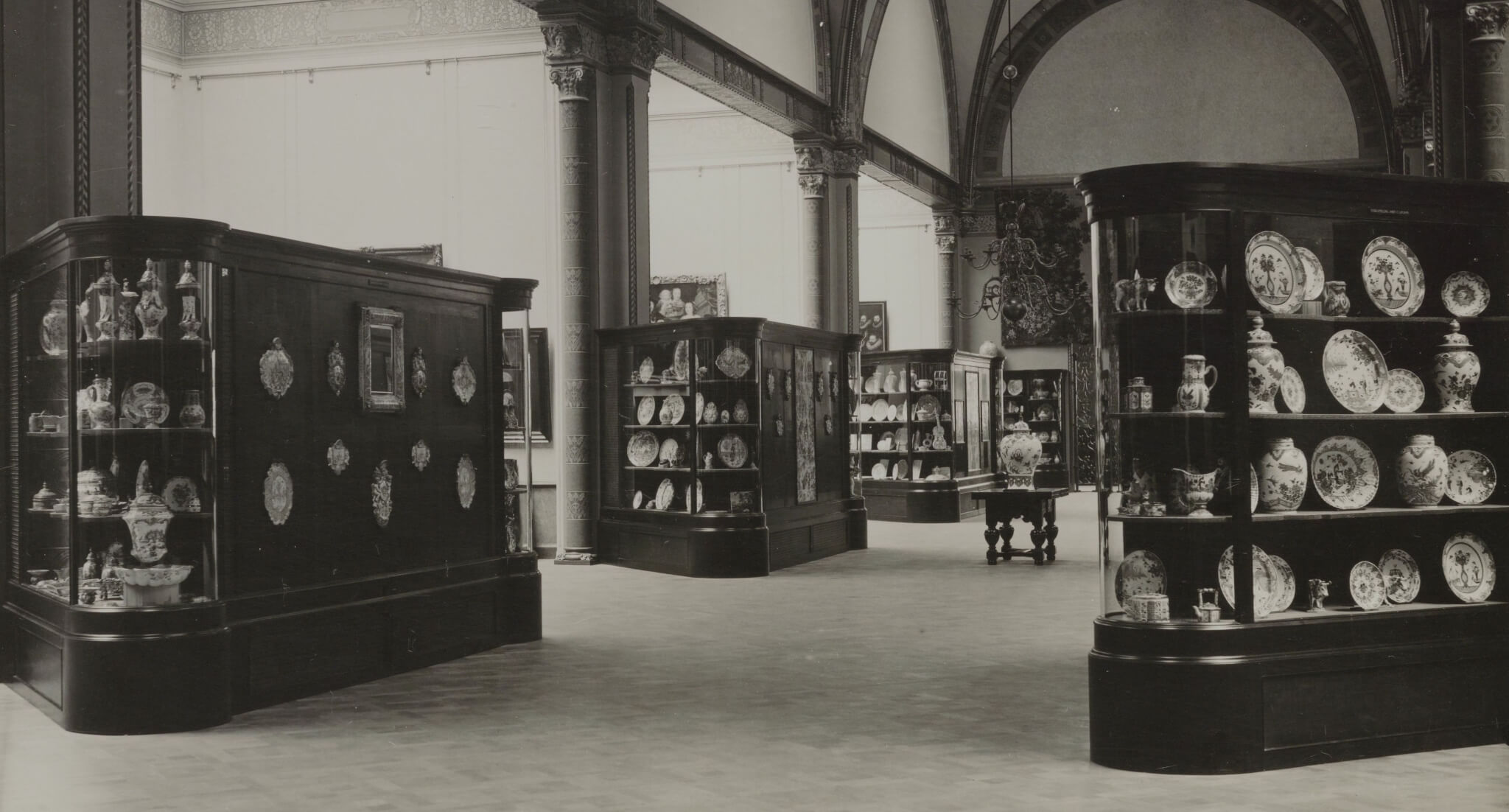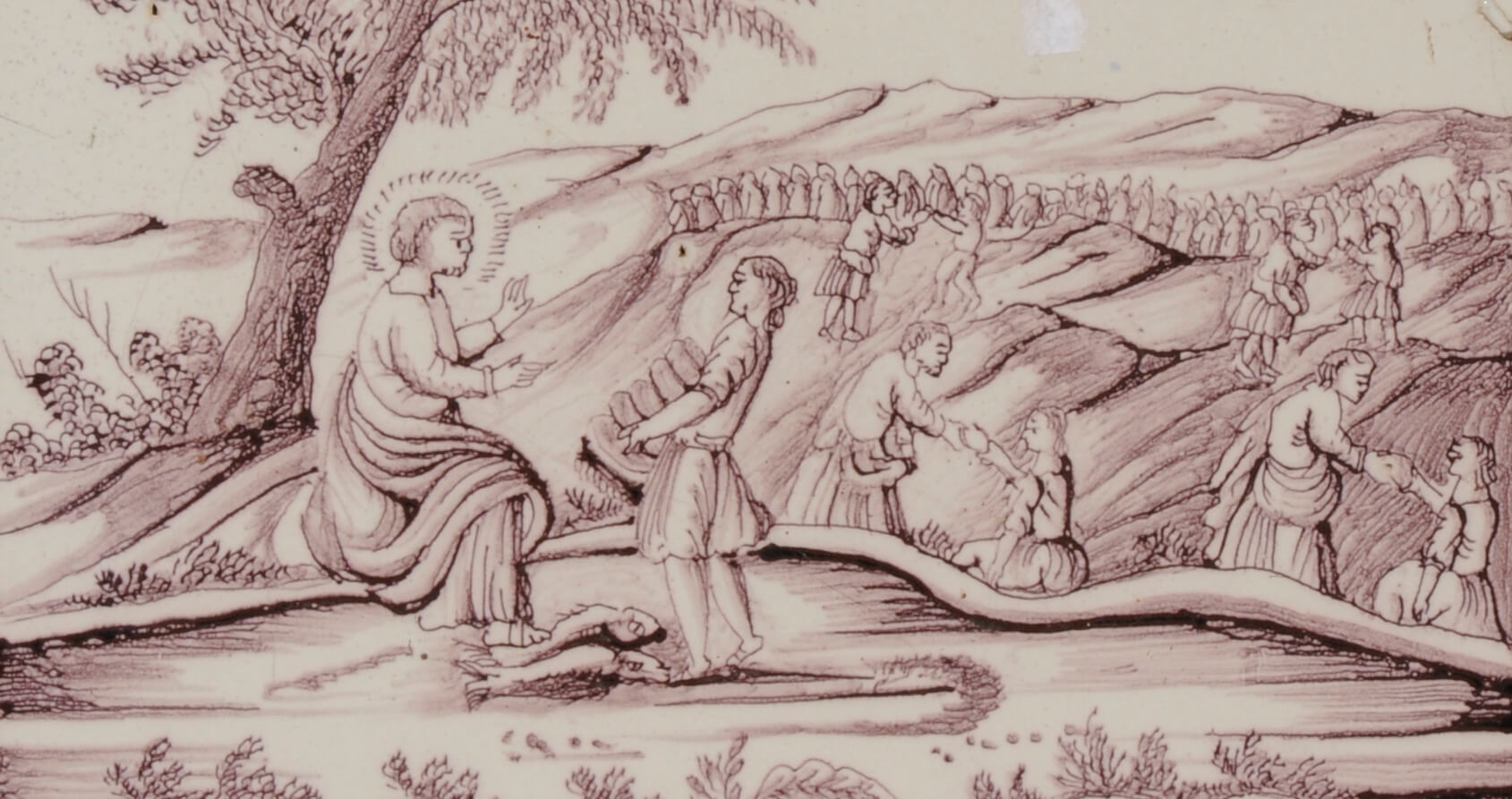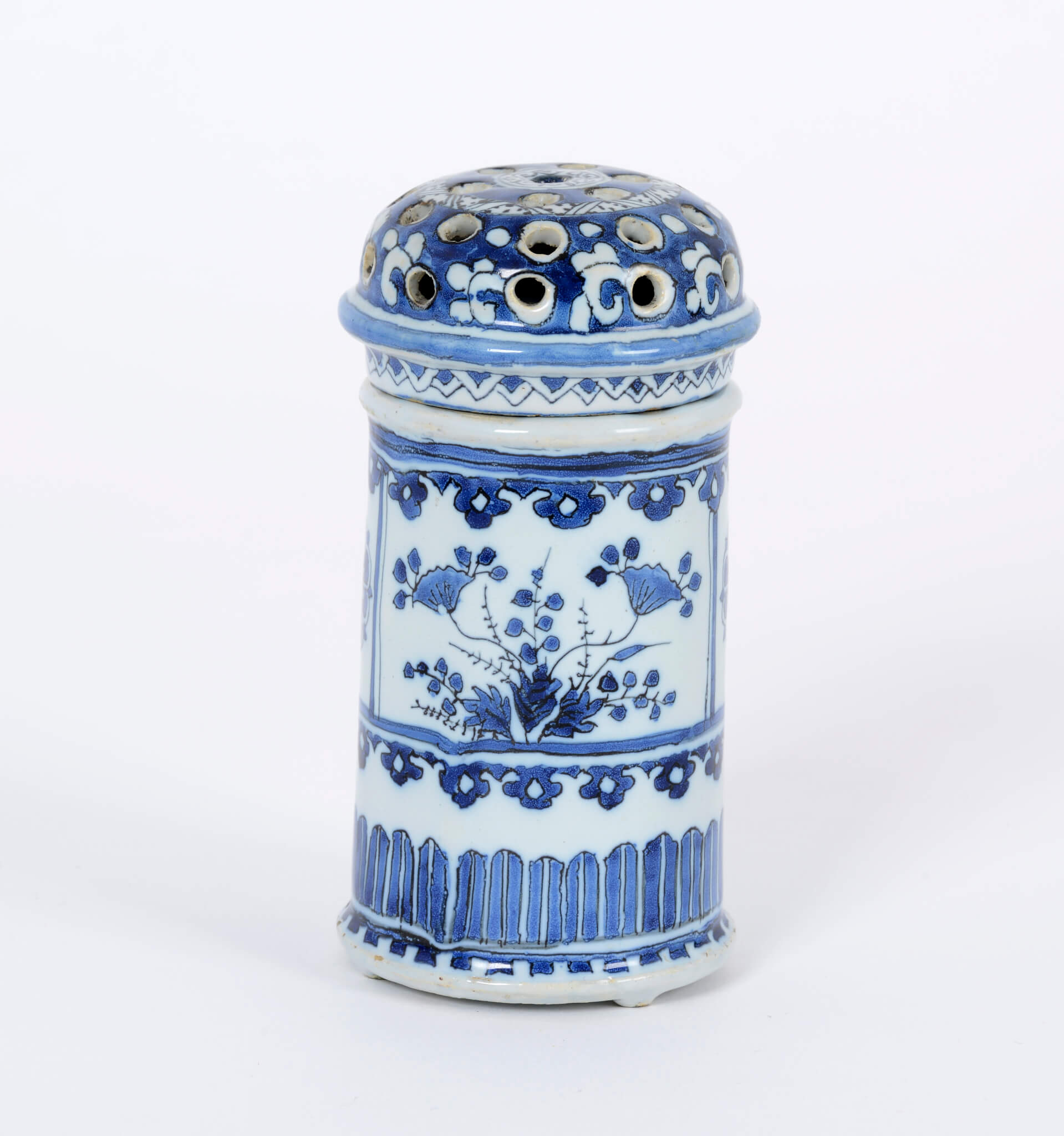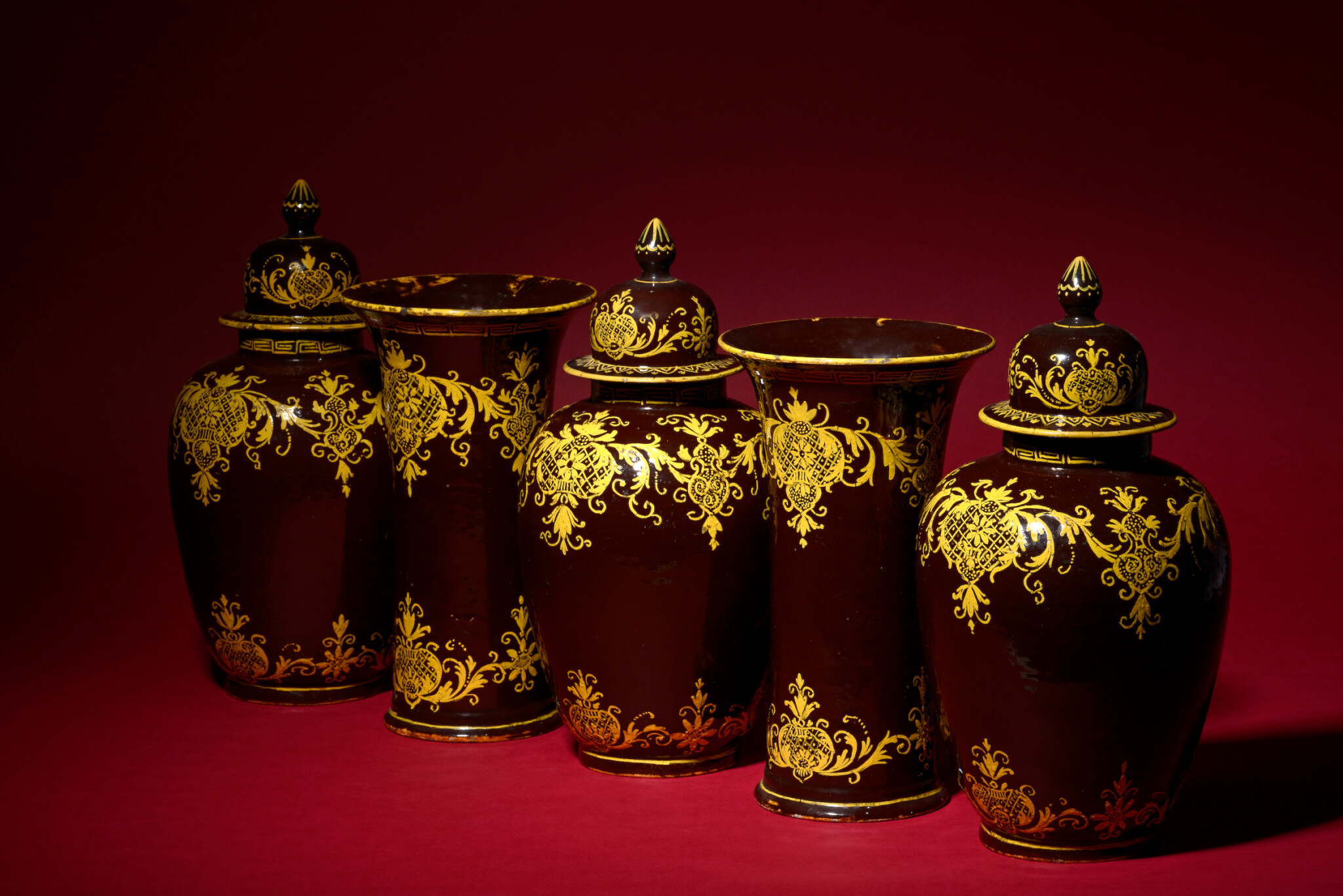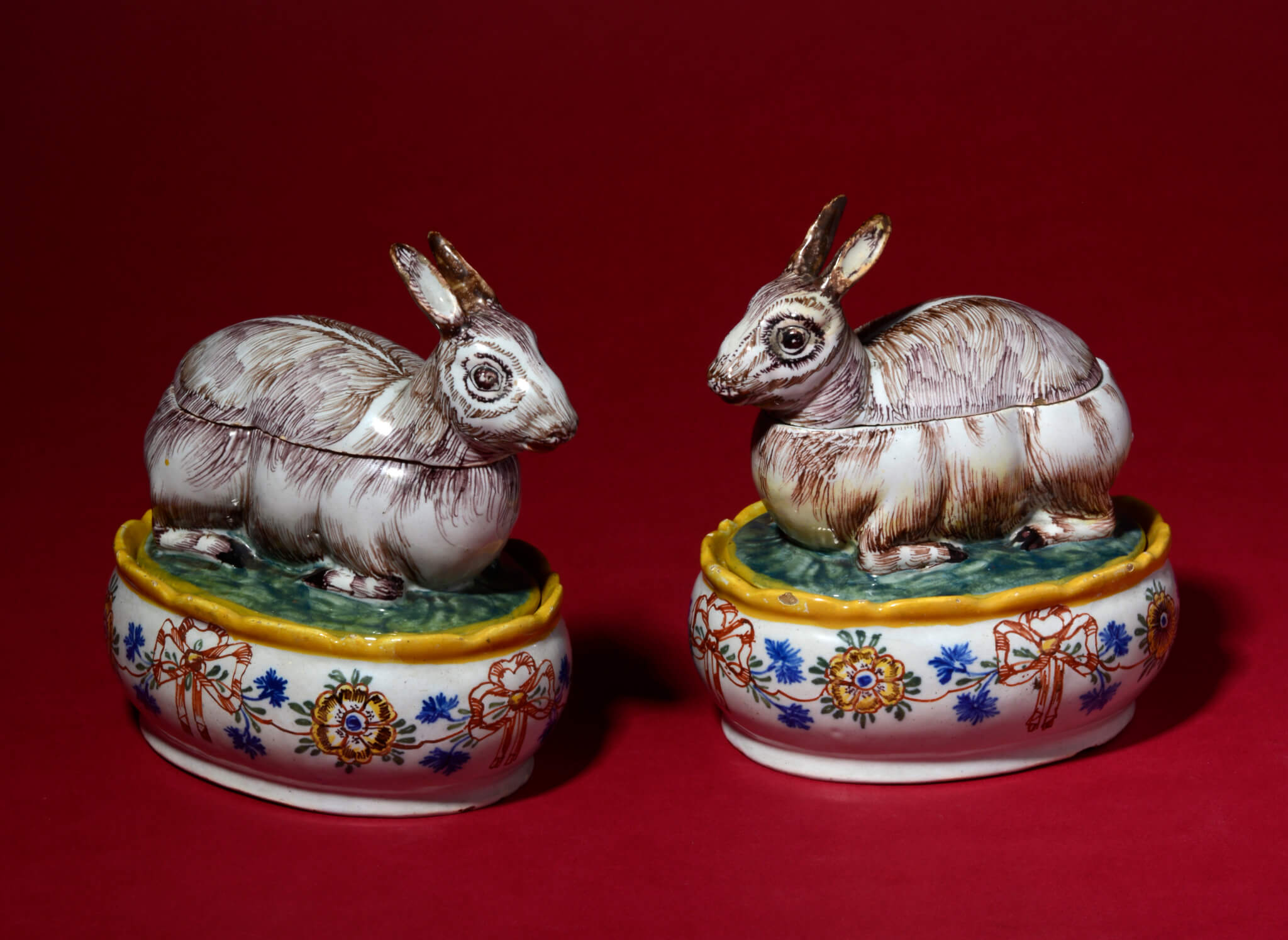Henry Havard’s Studies on Delftware
The work of the French art historian Henry Havard paralleled the rising appreciation and collection of Dutch Delftware in the mid to late nineteenth century. Born in 1838 in the Burgundy region of France, Havard was a radical figure in his youth. During the early years of the second empire, Havard participated in a revolutionary…

